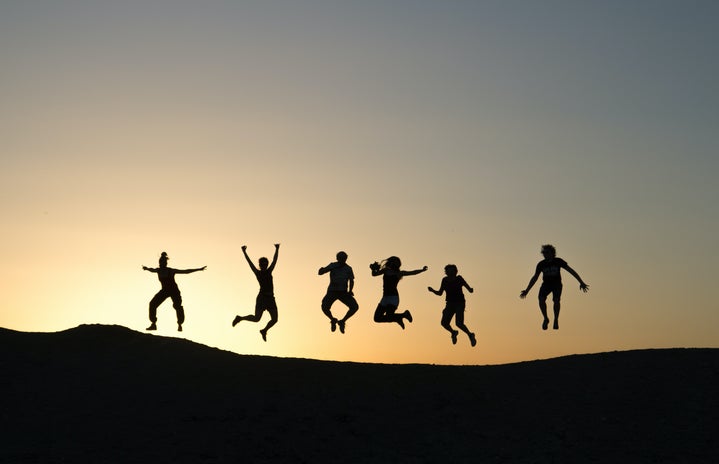As long as I can remember, I have always loved reading. Reading has represented more than just desperately studying to get an A for a class, or looking at the most recent memes and laughing out loud at them as I share them to many of my friends in Facebook’s messenger app. For me, reading has transcended into more of a cultural practice where I take upon myself to read for pleasure, buy, recommend, review, and enjoy conversations with others of what these traditional devices have to offer. Books have always intrigued me because they always have a story to offer. Sometimes it would be a dystopian fiction for human survival, and other times an illustrative piece of art where a fish steals another fish’s hat. However, it is important to know that not all these stories have the chance to be read by others, which is why it is important to be aware of the dangers of constant censorship and how these can affect other people’s reading habit and enjoyment.
(Top 10 most challenged banned books in 2017, resource found at Shelf Awareness, provided by the ALA)
I’ve always been interested in banned and challenged books because I find it amusing how the list of books keeps growing each year. If you have been keeping up to date with the banned and challenged book list, you will notice how the list of challenged banned books are not just focused on new or recent titles. Classics such as Harper Lee’s To Kill a Mockingbird, which made number 7 on the most challenged book list in 2017, is still seen as a controversial book due to having violence and racial slurs even though it was published in 1960. I get intrigued when a book I read before gets added because I often wonder what drives these individuals to challenge these books in the first place. One of the main issues with constantly challenging and banning books is that indirectly, a person may ruin the experience of kids and young adults to explore books and discover what kind of literature they like to read. If this population thinks that they are only allowed to read what society determines as “appropriate material,” they won’t get the opportunity to read these books and determine for themselves the degree of “appropriateness” the book really is.
(Resource provided by the ALA)
As the National Coalition Against Censorship (NCAC) explains in their book Kid’s Right To Read Action Kit, about 74% of banned and challenged book cases are due to parents, guardians, and patrons finding a problem with the written content, or illustrations, of said book. People often have the misconception that the people who banned books are those within the school system, by teachers, administration, or librarians, but these are only 20% of the banned book cases. In addition, parents focus on eliminating the book entirely without taking a moment to reflect the learning experience said book has to offer. The reason why they would censor these written text is due to the fear of their kids not processing and interpreting the information the books contain.
(Resource provided by the ALA)
NCAC defines censorship as “the removal or suppression of words, images or ideas thought to be unacceptable by those with the power to ban them,” which are individually known as “censors.” With the authoritative style of wording, I can’t help to think as if censorship was some kind of mechanism that society uses to keep control of what we are allowed to read or see. Censorship does not only apply to the access of books. Censorship can also happen with our favorite movies, T.V. series, cartoons, and other physical and virtual content. As Neil Gaiman once said, “well meaning adult can ruin a child’s love for reading.” Even if adults have the good intention to protect the younger generation by protecting them from harmful information, they can do so much more than just telling people what they can or can’t read. Opening spaces to have conversations on these topics can help parents and children to learn about the process of censorship and challenging books. This is important because when a book is banned or challenged, the person is not only restricting access to a small group, it also affects everyone else in the same school community.
(Resource provided by the ALA)
Last week’s Banned Books Week 2018, which was from Monday September 24 until Saturday September 29, reminded us that their is still much to be done to exert or right and freedom to read books and share stories. While censorship laws may be presented as something we need in order to protect our readers from gaining unnecessary knowledge, in a way, it is also seen as the tool to take away our right of access information and freedom to read about other people’s stories. The American Library Association (ALA) described this year’s Banned Books Week theme as “banning books silences stories,” meaning that if we as a society are not aware of the negative effects of the overuse of censorship, we are not only limiting the access and freedom of information to just our kids or a few people. We also take away that right and freedom from a whole community, which is why it is important to educate more people on censorship and the reason why we celebrate our right to read and advocate in Banned Books Week each year.


